Grow Celery at Home – and ditch those wilted, expensive stalks from the grocery store! Have you ever dreamt of snipping fresh, crisp celery straight from your own backyard for your salads, soups, or that perfect peanut butter snack? I know I have! This guide is your passport to achieving just that, even if you think you don’t have a green thumb.
Celery, with its satisfying crunch and subtle flavor, has been cultivated for centuries. Originating in the Mediterranean, it was initially valued more for its medicinal properties than its culinary uses. Over time, however, it has become a staple in kitchens worldwide. But let’s be honest, buying celery can be a gamble. It’s often pricey, and by the time you get it home, it’s already starting to look a little sad. That’s where the magic of home gardening comes in!
Learning to grow celery at home offers a fantastic solution. Not only will you have a constant supply of fresh, organic celery, but you’ll also experience the joy and satisfaction of nurturing your own food. Plus, it’s a surprisingly easy and rewarding project, even for beginners. I’m going to share some simple DIY tricks and hacks that will have you harvesting your own celery in no time. Get ready to impress your friends and family with your homegrown goodness!
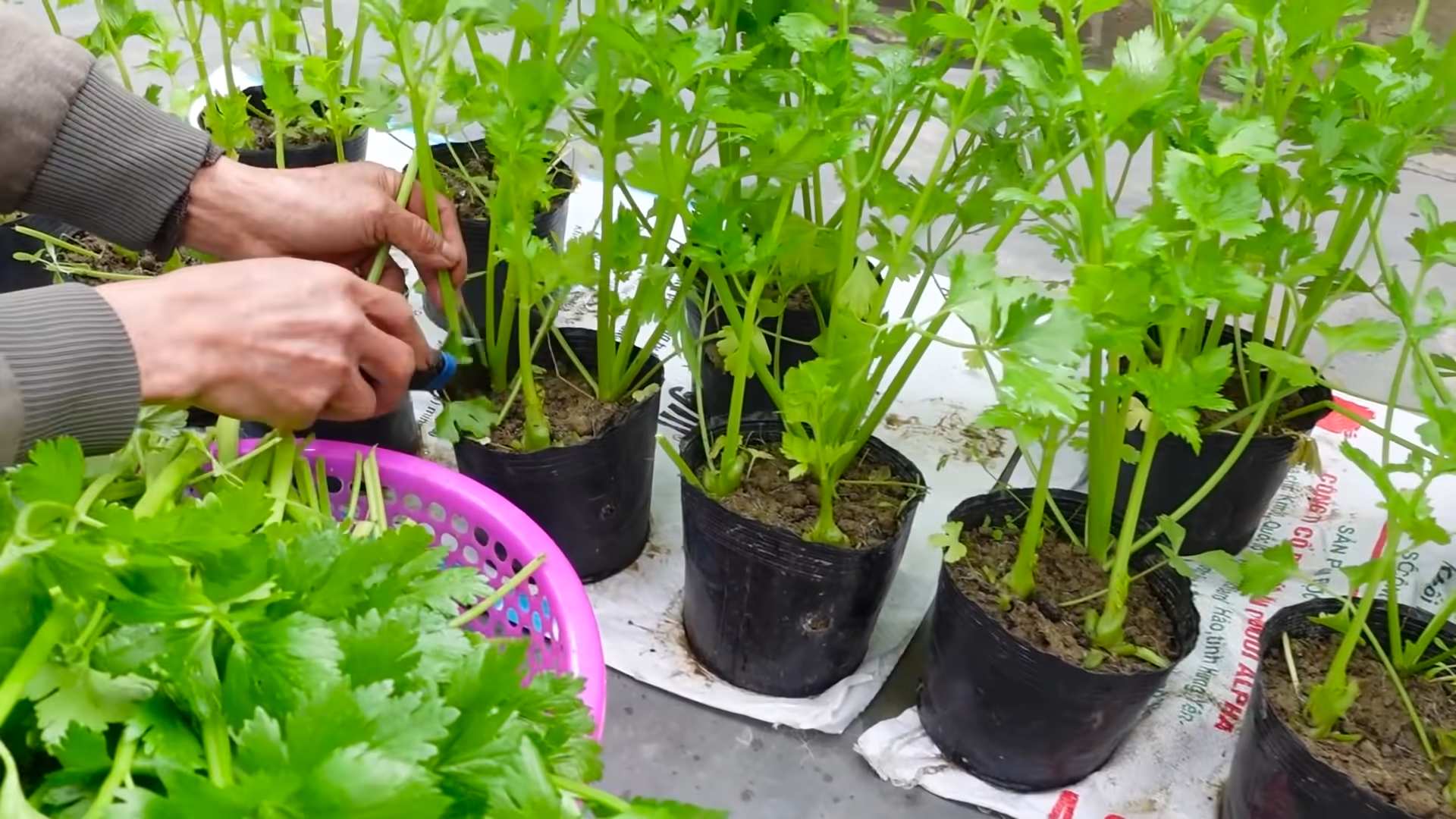
Grow Your Own Celery: A Beginner’s Guide
Hey there, fellow gardening enthusiasts! Ever thought about growing your own celery? It’s easier than you might think, and nothing beats the fresh, crisp taste of homegrown celery. I’m going to walk you through the whole process, from starting with scraps to harvesting your very own stalks. Let’s get started!
Starting from Celery Scraps: Regrowing Magic!
This is my favorite part because it feels like you’re performing a little bit of kitchen magic. Instead of tossing those celery ends, we’re going to give them a new lease on life.
What You’ll Need:
* The base of a celery stalk (about 2 inches from the bottom, where the stalks are connected)
* A shallow dish or bowl
* Water
* A sunny windowsill
* Potting soil
* A pot (at least 6 inches in diameter)
Step-by-Step Instructions:
1. Prepare the Celery Base: After you’ve used the celery stalks, don’t throw away the base! Make sure it’s still firm and hasn’t started to rot. Give it a quick rinse to remove any dirt.
2. Place in Water: Put the celery base in your shallow dish or bowl. Add enough water to cover the bottom inch or so of the base. You don’t want the entire base submerged, just the bottom part.
3. Find a Sunny Spot: Place the dish on a sunny windowsill. Celery needs plenty of light to grow. A south-facing window is ideal, but any window that gets at least 6 hours of sunlight will work.
4. Change the Water Regularly: Change the water every 1-2 days to keep it fresh and prevent mold growth. This is super important!
5. Watch for Growth: After a few days, you should start to see small roots emerging from the bottom of the celery base and new leaves sprouting from the top. This is so exciting!
6. Potting Time: Once the roots are about an inch or two long, it’s time to plant your celery in soil. Fill your pot with good-quality potting soil.
7. Plant the Celery: Make a small hole in the center of the soil and carefully place the celery base in the hole. Cover the base with soil, leaving the new leaves exposed.
8. Water Thoroughly: Water the soil thoroughly after planting. Make sure the soil is moist but not soggy.
9. Back to the Sunny Spot: Place the pot back on the sunny windowsill.
10. Keep it Moist: Celery needs consistent moisture, so water it regularly. Check the soil daily and water when the top inch feels dry.
Starting from Seeds: A Little More Patience Required
If you’re feeling a bit more adventurous, or you want a specific variety of celery, starting from seeds is the way to go. It takes a little longer, but it’s incredibly rewarding.
What You’ll Need:
* Celery seeds
* Seed starting trays or small pots
* Seed starting mix
* Water
* A spray bottle
* A warm, sunny location (or a grow light)
* Potting soil
* A larger pot (at least 6 inches in diameter) or garden space
Step-by-Step Instructions:
1. Prepare the Seed Starting Trays: Fill your seed starting trays or small pots with seed starting mix. This mix is specifically designed for seedlings and provides the right nutrients and drainage.
2. Sow the Seeds: Celery seeds are tiny, so sprinkle them thinly over the surface of the soil. You don’t want to overcrowd them.
3. Lightly Cover the Seeds: Gently press the seeds into the soil, but don’t bury them too deeply. They need light to germinate. A very light dusting of vermiculite is helpful.
4. Water Gently: Use a spray bottle to mist the soil gently. You don’t want to dislodge the seeds.
5. Create a Humid Environment: Cover the seed starting trays with a clear plastic lid or plastic wrap to create a humid environment. This helps the seeds germinate.
6. Find a Warm, Sunny Spot: Place the trays in a warm, sunny location. Celery seeds need warmth to germinate. If you don’t have a sunny spot, you can use a grow light.
7. Keep the Soil Moist: Check the soil daily and mist it with water as needed to keep it moist. Don’t let it dry out.
8. Wait for Germination: Celery seeds can take a while to germinate, so be patient. It can take anywhere from 14 to 21 days.
9. Remove the Cover: Once the seedlings emerge, remove the plastic lid or plastic wrap.
10. Thin the Seedlings: Once the seedlings have a few true leaves, thin them out so that only the strongest seedlings remain. This gives them room to grow.
11. Harden Off the Seedlings: Before transplanting the seedlings outdoors, you need to harden them off. This means gradually exposing them to outdoor conditions. Start by placing them outdoors for an hour or two each day, and gradually increase the amount of time they spend outdoors over the course of a week.
12. Transplant the Seedlings: Once the seedlings are hardened off, you can transplant them into larger pots or into your garden. Choose a location that gets at least 6 hours of sunlight per day.
13. Planting in Pots: If you’re planting in pots, fill the pots with good-quality potting soil. Make a small hole in the center of the soil and carefully place the seedling in the hole. Cover the roots with soil and water thoroughly.
14. Planting in the Garden: If you’re planting in the garden, space the seedlings about 6-8 inches apart. Dig a hole that’s large enough to accommodate the roots of the seedling. Carefully remove the seedling from its pot and place it in the hole. Cover the roots with soil and water thoroughly.
Caring for Your Celery Plants: The Nitty-Gritty
Okay, so you’ve got your celery growing, whether from scraps or seeds. Now comes the important part: keeping them happy and healthy.
Sunlight: Celery loves sunshine! Aim for at least 6 hours of direct sunlight per day. If you’re growing indoors, a sunny windowsill is perfect. If you’re growing outdoors, choose a spot that gets plenty of sun.
Watering: Celery needs consistent moisture. The soil should be consistently moist, but not waterlogged. Water deeply whenever the top inch of soil feels dry. I usually check mine every day, especially during hot weather.
Soil: Celery prefers rich, well-draining soil. If you’re growing in pots, use a good-quality potting mix. If you’re growing in the garden, amend the soil with compost or other organic matter.
Fertilizing: Celery is a heavy feeder, so it needs regular fertilization. Use a balanced fertilizer every 2-3 weeks. Follow the instructions on the fertilizer package. I like to use a liquid fertilizer diluted to half strength.
Pest Control: Celery can be susceptible to pests like aphids and celery leaf tiers. Check your plants regularly for pests and take action if you see any. You can usually get rid of aphids with a strong spray of water. For celery leaf tiers, you may need to use an insecticide.
Blanching (Optional): Blanching is the process of excluding light from the celery stalks to make them more tender and less bitter. It’s not essential, but it can improve the flavor and texture of your celery. To blanch celery, you can wrap the stalks with newspaper or cardboard for a few weeks before harvesting.
Harvesting Your Celery: The Sweet Reward
After all your hard work, it’s finally time to harvest your celery!
When to Harvest: Celery is typically ready to harvest about 80-100 days after planting. The stalks should be at least 6 inches tall and thick enough to eat.
How to Harvest: You can harvest the entire plant at once, or you can harvest individual stalks as needed. To harvest the entire plant, use a sharp knife to cut the stalks off at the base. To harvest individual stalks, simply snap them off from the outside of the plant.
Storing Your Celery: Freshly harvested celery will keep in the refrigerator for up to two weeks. Wrap the celery in a damp paper towel and store it in a plastic bag.
Enjoy Your Celery: Now comes the best part: enjoying your homegrown celery! You can eat it raw, add it to salads, soups, and stews, or use it as a base for stocks and broths. The possibilities are endless!
Growing your own celery is a rewarding experience. It takes a little time and effort, but
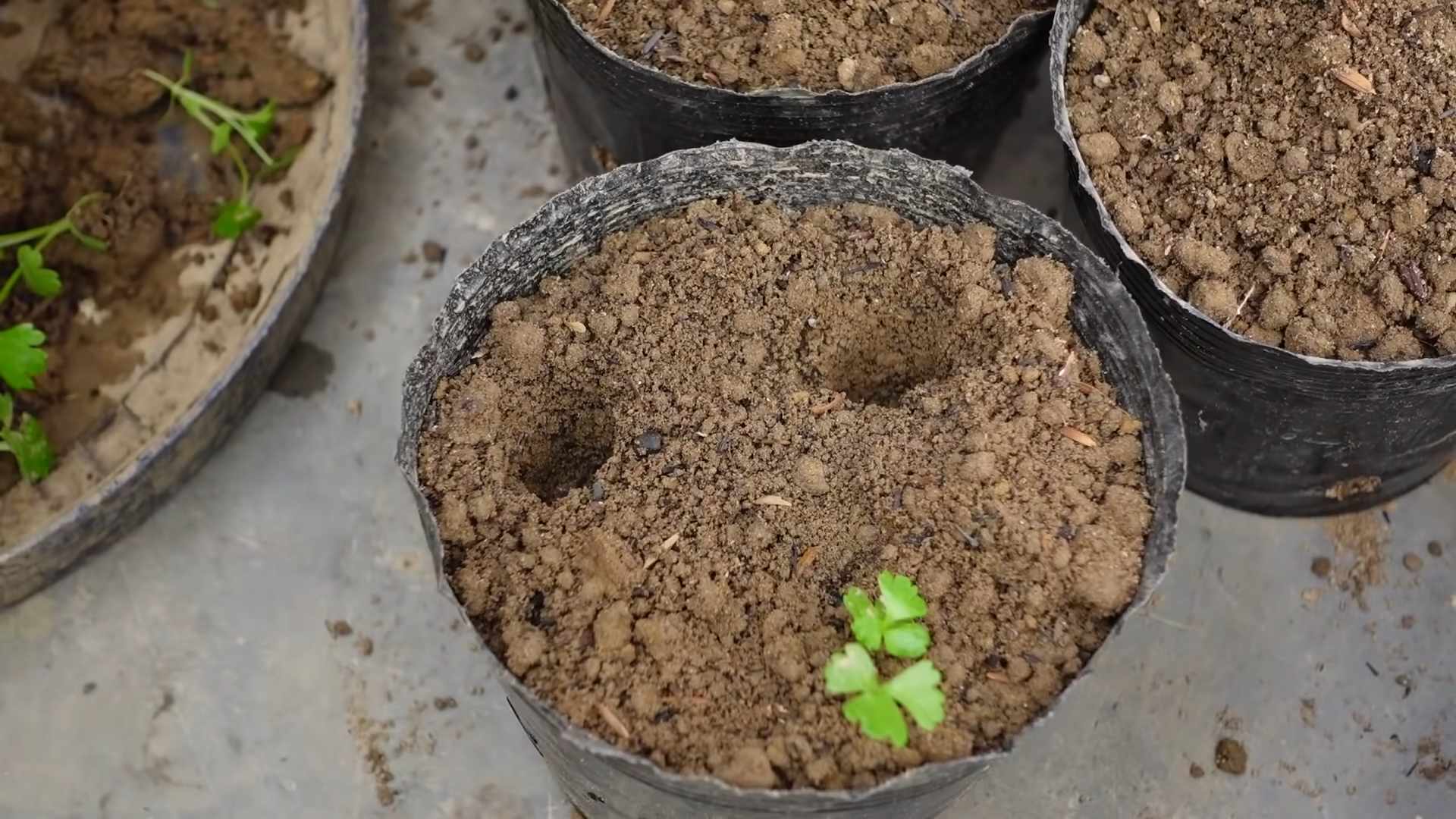
Conclusion
So, there you have it! Growing celery at home from scraps isn’t just a fun experiment; it’s a sustainable way to reduce food waste, enjoy fresh, crisp celery, and even impress your friends and family with your green thumb. We’ve walked you through the simple steps, from selecting the right celery base to nurturing its growth in water and finally transplanting it to soil.
Why is this DIY trick a must-try? Because it’s incredibly rewarding! Imagine the satisfaction of transforming a discarded celery base into a thriving plant, ready to add a burst of flavor and crunch to your salads, soups, and snacks. Plus, it’s a fantastic way to teach children about the life cycle of plants and the importance of reducing waste. It’s a win-win for your taste buds and the environment.
But the fun doesn’t stop there! Feel free to experiment with different varieties of celery. While the standard green celery is a great starting point, you can also try growing red celery or even celeriac (celery root) using similar techniques. Just remember that celeriac requires a longer growing season and more space.
Another variation to consider is hydroponics. If you’re feeling adventurous, you can adapt this method to grow celery hydroponically, which can result in faster growth and higher yields. You’ll need a hydroponic system, nutrient solution, and grow lights, but the results can be truly impressive.
Don’t be discouraged if your first attempt isn’t perfect. Growing celery, like any gardening endeavor, requires patience and observation. Pay attention to your plant’s needs, adjust your watering and lighting as necessary, and don’t be afraid to experiment.
We are confident that you will find this method of growing celery at home to be both enjoyable and fruitful. It’s a simple, cost-effective, and environmentally friendly way to enjoy fresh, homegrown celery.
Now, it’s your turn! We encourage you to give this DIY trick a try. Start with a single celery base, follow our instructions, and watch the magic happen. And most importantly, don’t forget to share your experience with us! We’d love to see your progress photos, hear about your successes (and challenges!), and learn any tips or tricks you discover along the way. Share your stories on social media using #HomegrownCelery or leave a comment below. Let’s build a community of celery-growing enthusiasts!
Frequently Asked Questions (FAQ)
1. What kind of celery is best for regrowing?
The best celery for regrowing is organic celery, as it’s less likely to be treated with chemicals that could inhibit growth. However, any fresh celery with a healthy-looking base will work. Look for a base that is firm and has a light green or white color. Avoid celery with a brown or mushy base, as it’s unlikely to regrow successfully.
2. How long does it take to regrow celery from a base?
The time it takes to regrow celery varies depending on factors such as temperature, light, and water quality. Generally, you should start to see new growth within a few days of placing the base in water. It typically takes about 1-2 weeks for significant growth to occur, and several weeks before the celery is ready to be transplanted to soil. The entire process, from base to harvestable celery, can take 2-3 months.
3. What kind of soil is best for growing celery?
Celery thrives in rich, well-draining soil with a slightly acidic pH (6.0-6.8). Amend your garden soil with compost or well-rotted manure to improve its fertility and drainage. You can also use a potting mix specifically formulated for vegetables. Ensure the soil is loose and airy to allow the celery roots to grow easily.
4. How much sunlight does celery need?
Celery needs at least 6 hours of sunlight per day to thrive. Choose a sunny location in your garden or place your potted celery near a sunny window. If you don’t have enough natural light, you can supplement with grow lights.
5. How often should I water my regrowing celery?
Celery needs consistent moisture to grow well. Keep the soil consistently moist, but not waterlogged. Water deeply when the top inch of soil feels dry to the touch. During hot weather, you may need to water more frequently. When initially regrowing in water, change the water every 1-2 days to prevent bacteria growth.
6. Can I grow celery indoors permanently?
Yes, you can grow celery indoors permanently, but it requires more attention and care. You’ll need to provide adequate sunlight (or grow lights), maintain consistent moisture, and fertilize regularly. Choose a large pot to accommodate the celery’s root system. Indoor-grown celery may not grow as large as outdoor-grown celery, but it can still provide a steady supply of fresh leaves and stalks.
7. What are some common problems when growing celery and how do I fix them?
Some common problems include:
* **Yellowing leaves:** This can be caused by overwatering, underwatering, nutrient deficiencies, or lack of sunlight. Adjust your watering schedule, fertilize with a balanced fertilizer, and ensure the plant receives enough sunlight.
* **Bolting (premature flowering):** This can be caused by stress, such as extreme temperatures or inconsistent watering. Provide consistent moisture and protect the plant from extreme heat or cold.
* **Pests:** Celery can be susceptible to pests such as aphids, slugs, and snails. Inspect your plants regularly and treat any infestations with insecticidal soap or other appropriate pest control methods.
* **Diseases:** Celery can be affected by diseases such as celery blight and pink rot. Ensure good air circulation around the plants and avoid overhead watering. Use disease-resistant varieties if possible.
8. How do I harvest my regrown celery?
You can harvest celery stalks as needed once they reach a desirable size. Simply cut the outer stalks near the base of the plant, leaving the inner stalks to continue growing. You can also harvest the entire plant by cutting it off at the base.
9. Can I eat the celery leaves?
Yes, celery leaves are edible and have a similar flavor to the stalks, although they can be slightly stronger. Use them in salads, soups, stews, or as a garnish.
10. How can I encourage thicker stalks when growing celery at home?
To encourage thicker stalks, ensure your celery receives consistent moisture and adequate nutrients. Side-dress with compost or a balanced fertilizer every few weeks. You can also blanch the stalks by mounding soil around them or wrapping them with paper or cardboard a few weeks before harvest. This will block sunlight and result in paler, more tender stalks.
11. Is growing celery at home a good way to save money?
Yes, growing celery at home can be a good way to save money, especially if you use the regrowing method. Instead of buying celery repeatedly, you can regrow it from scraps, reducing your grocery bill. Plus, you’ll have access to fresh, organic celery whenever you need it.
12. Can I grow celery from seed instead of regrowing from a base?
Yes, you can grow celery from seed. However, celery seeds are very small and require a long germination period. It’s best to start seeds indoors 10-12 weeks before the last expected frost. Transplant the seedlings outdoors once the weather warms up. Growing from seed requires more patience and effort than regrowing from a base, but it allows you to choose from a wider variety of celery types.

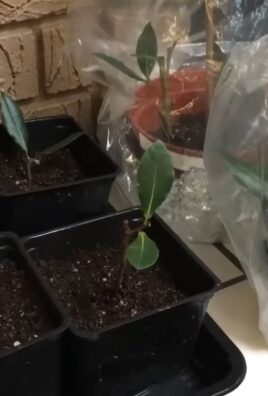
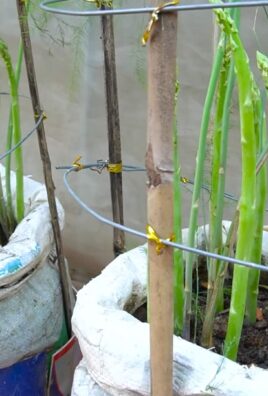
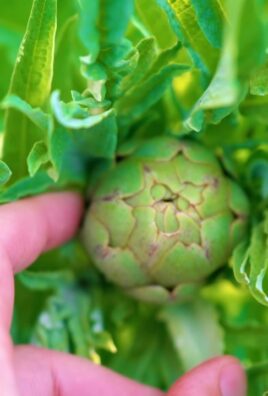
Leave a Comment